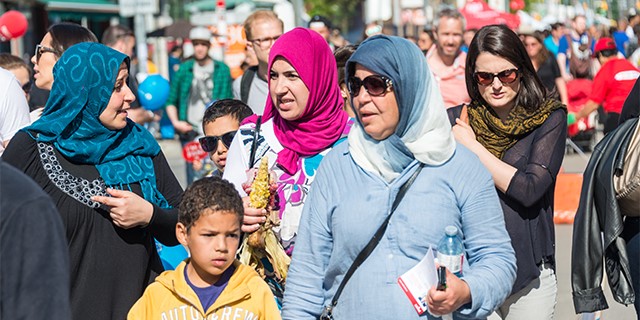Ethiopia is characterized by a strong adherence to traditional values, with a significant portion of its population, including those from both Christian and Muslim faiths, adhering to modest and conservative attire as per prevailing Western norms. Nonetheless, it is worth noting that there are specific areas within the country, notably Addis Ababa, where this trend is gradually evolving. It is recommended that travellers adhere to suitable attire in accordance with the prevailing environmental conditions. The most suitable clothing option for women would consist of a long, loose-fitting top and dress that provides coverage for both the legs and shoulders. While it is often permissible to wear shorts and sleeveless shirts, especially in Muslim communities and rural areas, pants are also considered appropriate attire. In general, it is customary for males to wear trousers that extend to the ankles, accompanied with a shirt or T-shirt that provides coverage to the shoulder region. The act of being shirtless is often seen as socially improper, whereas the choice to wear shorts is typically perceived as rude attire for adult guys.
The significance attributed by Ethiopians to greetings is an essential component of social etiquette. In many social contexts, it is often seen as unfriendly or casual to initiate a conversation or make a request without prior engagement in pleasantries and expressing concern for each other’s welfare. This norm is observed in settings such as retail establishments, professional meetings, and even casual encounters including seeking directions in public spaces. The act of shaking hands, a complex motion involving the bending of torsos and the touching of shoulders, continues to be practiced by men. The area of interaction between individuals of different genders is characterized by a higher degree of ambiguity, hence it is often recommended for male individuals who are traveling to exercise patience and see if the female counterpart initiates a handshake. In some close connections, such as intimate friendships or within familial bonds, individuals may engage in the practice of cheek-kissing, often including three kisses. However, it is observed that women tend to exhibit enthusiasm in their reception of such greetings, while simultaneously maintaining a level of physical restraint.
References
Marcus, H. G. (2002). A history of Ethiopia. Univ of California Press.
Ababa, A. (2013). Ethiopia. Abstract available from: https://wfpha. confex. com/wfpha/2012/ webprogram/Paper10587. html.
Trimingham, J. S. (2013). Islam in Ethiopia. Routledge.
Ababa, A. (2012). Ethiopia. Belayneh, A., Z. Asfaw, S. Demissew, & N. Bussa.



